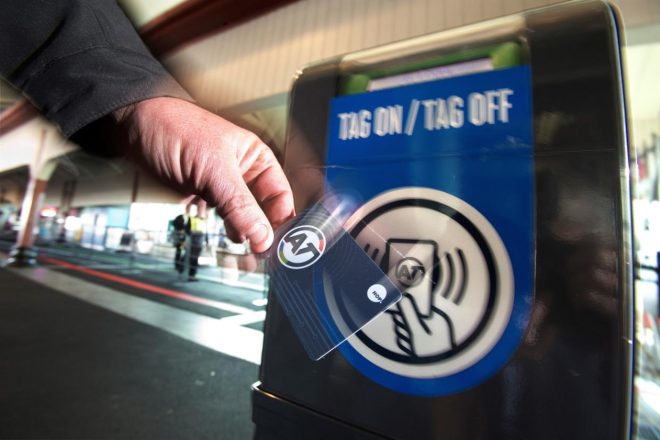奥克兰交通局希望从2月开始将公共交通票价提高5.2%,并将票价区的数量从14个减少到9个。该计划将在周四的理事会会议上讨论。他们认为,提高票价对于弥补不断上涨的运营成本是必要的。
例如,使用Hop Card进入一个区域的成人票价将从2.60美元上涨到2.80美元(增加约7.7%)。广受欢迎的两区票价将从4.45美元增加到4.65美元。每周50美元的票价上限将保持不变,但怀赫科岛渡轮的月票将从370美元提高到419美元,涨幅为13.2%。
奥克兰交通局指出,去年的运营成本增加了6300万美元。费用由票价、市政补贴、国家陆路交通基金和广告资助。公共交通得到大量补贴,平均火车票价为12.34美元,但乘客只需支付约3.06美元。票价上涨将使乘客支付的部分从33.64%改为34.79%。
票价结构也将发生变化。区域的数量将简化为四个。一些票价变更包括将比奇兰兹到西尔维亚公园的价格从6美元降至4.65美元,而从Botany Downs到奥克兰机场的票价将从2.60美元上调至2.80美元。
议员丹尼尔·纽曼对票价上涨表示失望,尤其是在生活成本危机期间,但他理解票价上涨的必要性。他说:“这使公共交通工具使用者的生活更加艰难,” 他承认这带来了困难。但是,他不想要求纳税人全额支付这些费用。
奥克兰交通局表示,他们每年都会审查票价,以平衡运营成本和纳税人的支持。去年,他们平均提高了6.2%的票价,现在需要提高5.2%才能满足开支的需要。他们计划在2025年2月进一步简化票价体系,并希望一些通勤者能够从较低的票价中受益,尤其是那些长途旅行的通勤者。





























































